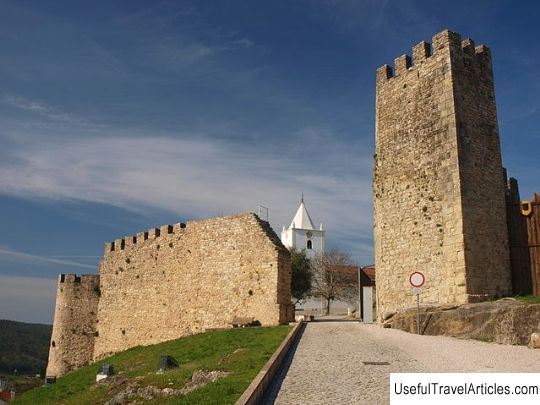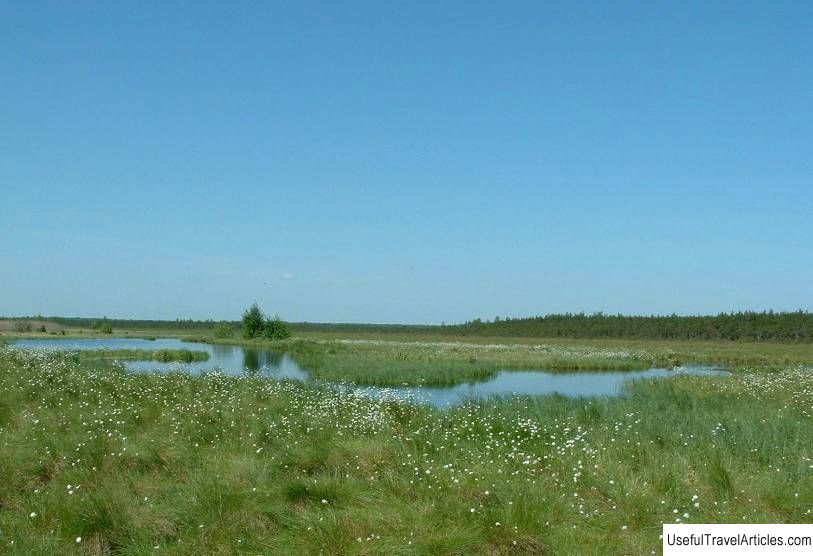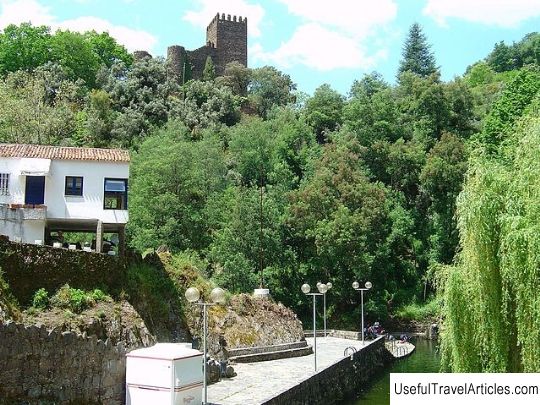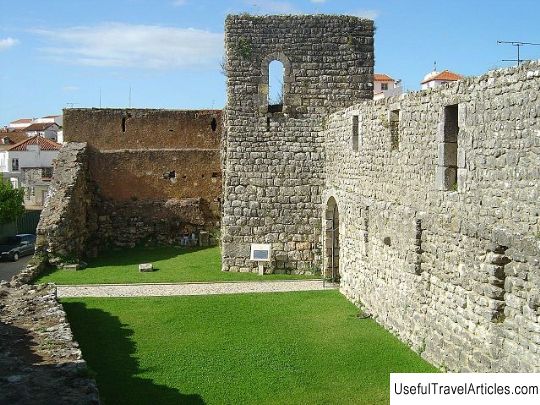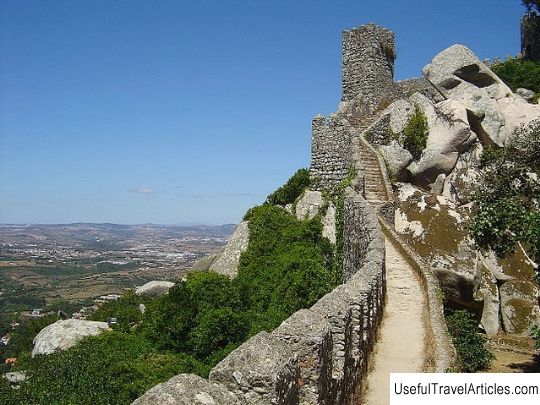Castle of Montemor-o-Velho (Castelo de Montemor-o-Velho) description and photos - Portugal: Coimbra
Rating: 8,9/10 (789 votes) 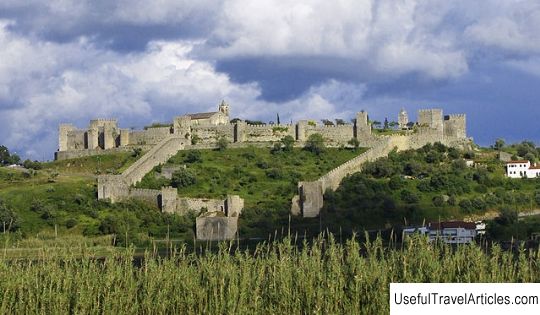
Castelo de Montemor-o-Velho description and photos - Portugal: Coimbra. Detailed information about the attraction. Description, photographs and a map showing the nearest significant objects. The title in English is Castelo de Montemor-o-Velho. Photo and descriptionThe castle of Montemor-o-Velho is located in the small town of the same name in the Coimbra district. Like many other castles in the area, this castle was part of the defensive line around Coimbra in the 12th century. The castle stands on a hill, a beautiful and massive structure, and at one time was one of the most strategically important fortresses in Portugal. The first mention of the castle dates back to 716, when the castle was occupied by the Moors. There is a version that the name "Montemor" was given to the castle by the Arabs, who won in 990 in a battle with Christians and ruled here until 1064 The ruins of the castle are located inside double battlements with impressive towers and loopholes. Some of the towers can be climbed, from there you can see a stunning view of the surroundings: impressive-sized rice fields and poplar groves. In the northern part there is the Church of Santa Maria de Alcacova, built by the famous architect Boytacha in the Manueline style (16th century). Inside the church, the ceiling is made of wood, the walls are decorated with azulejos tiles in the Moorish style of the 16th century, there is a font. Over the centuries, the castle has been rebuilt several times. During the reign of King Afonso VI of Castile (XI century), reconstruction work was carried out. A little later, a fortress and residence for the princess was built inside. In the 13th century, the castle served as a royal residence. Significant changes and reconstruction work were made in the 14th century, including the construction of drainage holes.
    We also recommend reading Baksan river description and photo - Russia - Caucasus: Elbrus region Topic: Castle of Montemor-o-Velho (Castelo de Montemor-o-Velho) description and photos - Portugal: Coimbra. |
